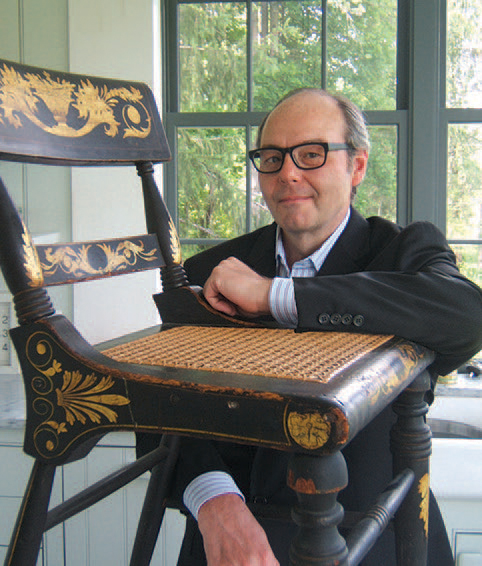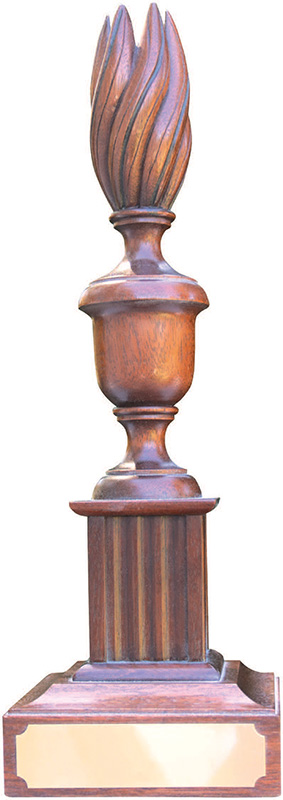
Earlier this summer, surprising news arrived that left all of us on the staff of The Magazine ANTIQUES feeling deeply honored, proud, appreciated, and, as my British friends might put it, chuffed—a word that means, roughly, “tickled pink.”
What prompted these emotions was the announcement that ANTIQUES had been named the recipient of the Award of Merit presented annually by the Antiques Dealers Association of America. This is a tremendous accolade, made all the more significant by the company we keep as honorees. The first Award of Merit was given to Albert Sack, whose family firm, Israel Sack Inc., was for decades a byword for excellence in the American antiques trade. Since then, not only have other distinguished dealers been recognized but also collectors, journalists— including our dear friend Laura Beach—and some of the most prominent arts historians and museum curators of our time, among them Peter M. Kenny, Patricia E. Kane, Brock Jobe, Morrison H. Heckscher, and Philip Zea.
This year, as you know, we are celebrating the one-hundredth anniversary of the founding of ANTIQUES. For me, this award brings into sharp focus the fact that making our magazine, and maintaining its level of distinction, has been a remarkably sustained group endeavor. Our past editors, writers, art directors, researchers, photographers, and publishers share in this honor along with our current staff members and contributors.
What’s more, looking at the list of past Award of Merit honorees, I realize that they, too, have all directly or indirectly helped to build The Magazine ANTIQUES—they and legions of others like them over the decades. They include all the collectors who have used our articles to hone their connoisseurship and guide their choices, and especially those who have allowed us to share their collections with the world through our pages. They include hundreds of scholars over the years—not only those who have published the fruits of their studies with us, and done so in a writing voice that is learned and yet accessible, but also all the educators who have used our magazine as a teaching tool in their classrooms and tutorials.

They include all the antiques dealers, art galleries, and auction houses that have placed advertisements with us across the century, some of them for the majority of that timespan. They not only help us keep the lights on around here—thank you very, very much for that—but the advertisements have themselves become an important part of the historical record. Time and again researchers have told me about using ANTIQUES ads as a means to track the provenance of a particular work of art or design, to trace the dispersal of a famed collection, or to study trends and developments in the art market over time. As well, they include the devoted arts aficionados who read and subscribe to our magazine. Some seek information, some inspiration, and others simply enjoy the aesthetic pleasure of leafing through our pages; but they are the reason we work as hard as we do to make a distinctive, distinguished publication.
All of them—all of you—share in this honor.
Congratulations.
The Award of Merit adds a marvelous flourish to the closing months of our centennial year. As you can see on this page, it is a handsome trophy—appropriately enough, a carved-mahogany neoclassical finial, the piece of decoration that was the crowning touch on early American high chests. As our friend Alexandra Kirtley, a curator at the Philadelphia Museum of Art, explains: the flambeau urn motif was taken from the work of Renaissance architect Andrea Palladio, whose books of design were standard references for the best eighteenth-century furniture makers. A literal representation of illumination, the finial is by extension also a symbolic beacon: an emblem of the virtues and principles of reason that were advanced at the time, the Age of Enlightenment. This award, too, is a powerful guiding light for our magazine.
